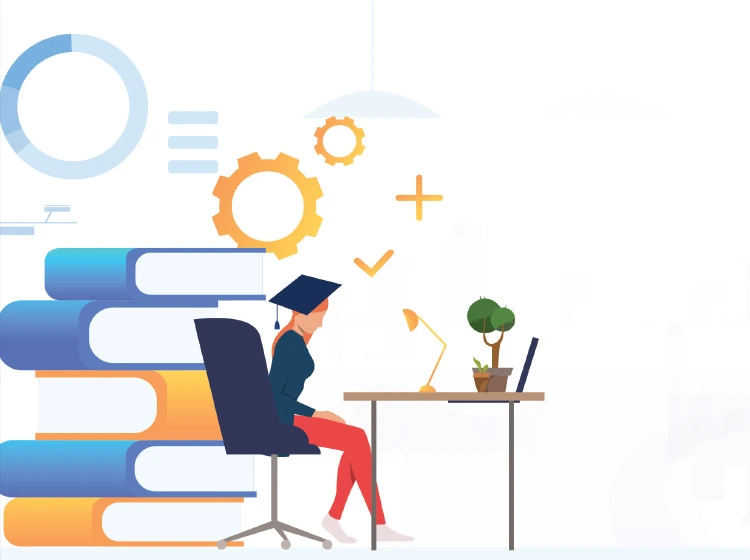Canada has been an early adopter of technology and has a reputation for pushing innovation and updates out to sectors of society that have traditionally been decades behind the cutting edge. The country has streamlined how government departments and agencies use technology, upgraded infrastructure elements, and is now bringing the latest online learning platforms, adaptive learning tools, virtual reality (VR), augmented reality (AR), and even artificial intelligence (AI) into the classroom. This initial effect is a feeling of modernization, allowing parents as well as students to view their education experience as being “in line” with modern standards and the modern world of work. Yet there’s much more going on in terms of preparing the current generation for the future. Understanding what’s available – and where things are heading – will help the latest transformations come into clear view.
Online learning platforms make education as accessible as any other digital workspace
Online learning platforms have made education more accessible and flexible, allowing students to learn from anywhere at their own pace, and their usage absolutely exploded in Canada during the pandemic years. For students on lockdown in city centers and students in Canada’s most remote communities, online learning platforms were often the only way to continue their education. Though a bumpy transition at times, the non-negotiable digital upskilling of Canada’s students and teachers now offers broader access to more educational tools and resources. Students have found that if they’re not learning well from their local teacher, an online tutor is mere clicks away. They can take additional classes not offered in their local districts, collaborating with classmates from around the world. Students can also use online learning platforms to pursue micro credentials on specific skills, which are now offered by more than half of Canada’s colleges and universities, according to Deloitte’s 2023 Reshaping the Student Experience report.
A further boon? Online learning platforms often provide pre-training on the kinds of collaborative interaction tools preferred by remote-first companies. Message boards, online document repositories, video conferencing systems, shared-screen white boards and live demonstrations all mimic modern work tools. As a result, students are arriving in the workplace more comfortable and confident with such tools than ever before.
AI in the classroom is the Canadian way…
Through local companies like Maluuba (now a subsidiary of Microsoft), Canada was an early adopter of computer systems able to understand and interpret natural human language. The earliest models debuted in 2011. Now, more than 10 years on, it’s not unusual to find the best schools training students to effectively use AI systems for research, ideation, and collaboration with natural language prompts.
Login Here

